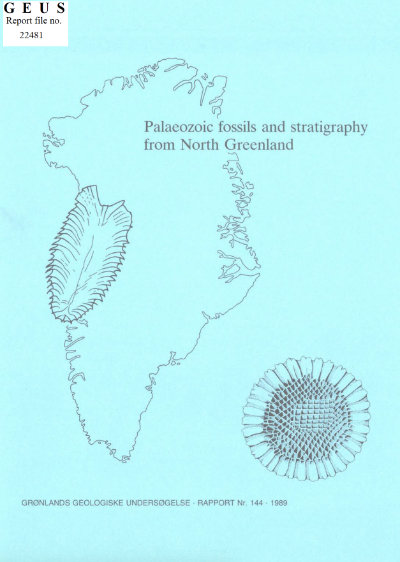Ordovician graptolite biostratigraphy in North Greenland
DOI:
https://doi.org/10.34194/rapggu.v144.8059Abstract
Up to 500 m of black-bedded cherts and mudstones with thin turbidites and thick local beds of redeposited limestone and chert conglomerates were deposited during the Ordovician in North Greenland, along the southern margin of an east-west trending deep-water trough forming a continuation of the Frank Jinian Basin of Arctic Canada. A large collection of Ordovician graptolites has recently been obtained from this clastic sequence. The graptolite fauna, not collected in continuous sections, compares particularly well with the fauna from the Canadian Cordillera and for the most part is interpreted in terms of the established biozones from that area. The faunas are also correlated with the Australian zonal sequences. In North Greenland neither the Cambrian-Ordovician boundary nor the Ordovieian-Silurian boundary ean be precisely demarcated by graptolites. The folIowing graptolite biozones are represented: Anisograptus, Adelograptus & Clonograptus, T. approximalus, P. frulicosus, D. bifidus, I. victoriae lunatus, ? T. victoriae victoriae, ? l. victoriae maximus, Oncograptus, P. tentaculatus, ? 'D.' decoratus, ? H. lereliusculus, N. gracilis, C. bicornis, ? O. amplexicaulis, O. quadrimucronatus, D. ornatus and? P. pacificus. The relationship of the North Grecnland graptolites to the Ordovician 'Pacific faunal realm' and oceanic graptolite biofacies is briefly discussed.
Downloads
Published
Issue
Section
License
This article is distributed under a CC-BY 4.0 licence, permitting free redistribution and reproduction for any purpose, even commercial, provided proper citation of the original work. Author(s) retain copyright over the article contents.


